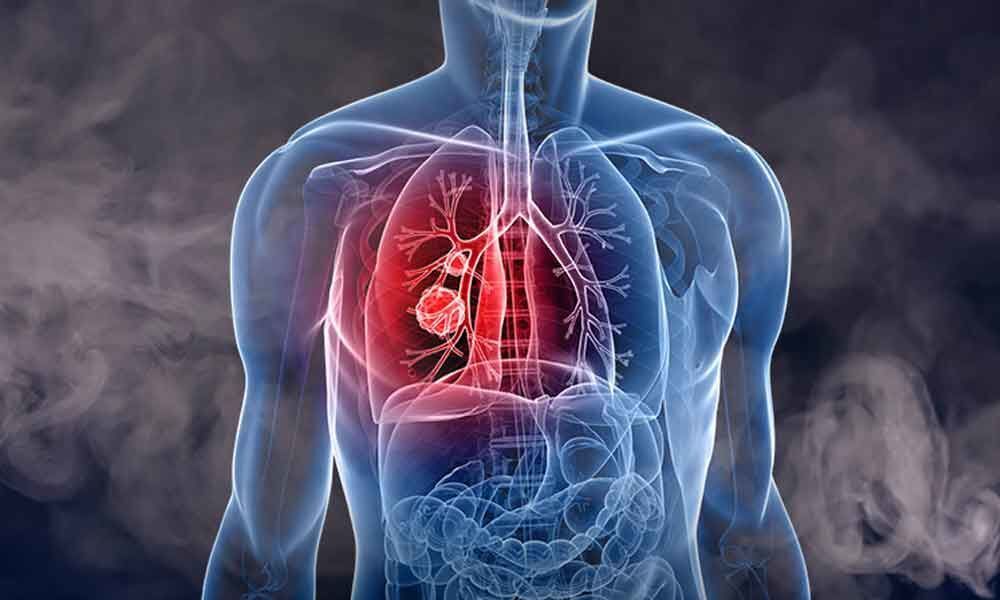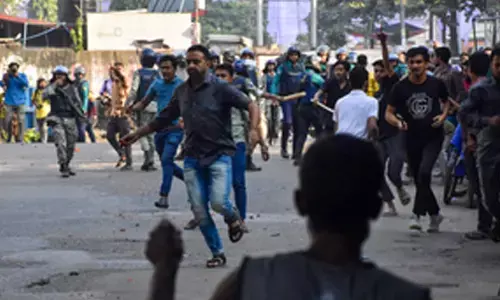Novel model to predict lung cancer survival developed

Researchers have developed a deep-learning model that may help predict lung cancer survival and outcomes.
New York:Researchers have developed a deep-learning model that may help predict lung cancer survival and outcomes.
The findings suggests that the model, using serial image scans of tumours from patients with non-small cell lung cancer (NSCLC), predicted treatment response and survival outcomes better than standard clinical parameters.
"Our research demonstrates that deep-learning models integrating routine imaging scans obtained at multiple time points can improve predictions of survival and cancer-specific outcomes for lung cancer," said Hugo Aerts, Associate Professor at Harvard University.
"By comparison, a standard clinical model relying on stage, gender, age, tumour grade, performance, smoking status, and tumour size could not reliably predict two-year survival or treatment response," Aerts added.
For the study, published in the journal Clinical Cancer Research, the researchers built deep-learning models to see if they could extract more predictive insights as cancers evolve.
They trained their models using serial CT scans of 179 patients with stage 3 NSCLC who had been treated with chemoradiation. They included up to four images per patient obtained routinely before treatment and at one, three, and six months after treatment for a total of 581 images.
The investigators analysed the model's ability to make significant cancer outcome predictions with two datasets -- the training dataset of 581 images and an independent validation dataset of 178 images from 89 patients with non-small cell lung cancer who had been treated with chemoradiation and surgery.
The team found that the models' performance improved with the addition of each follow-up scan. The area under the curve, a measure of the model's accuracy, for predicting two-year survival based on pre-treatment scans alone was 0.58, which improved significantly to 0.74 after adding all available follow-up scans.
Patients classed as having low risk for mortality by the model had six-fold improved overall survival compared with those classed as having high risk.














